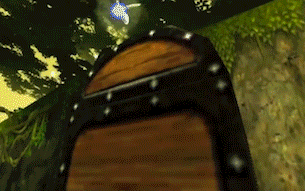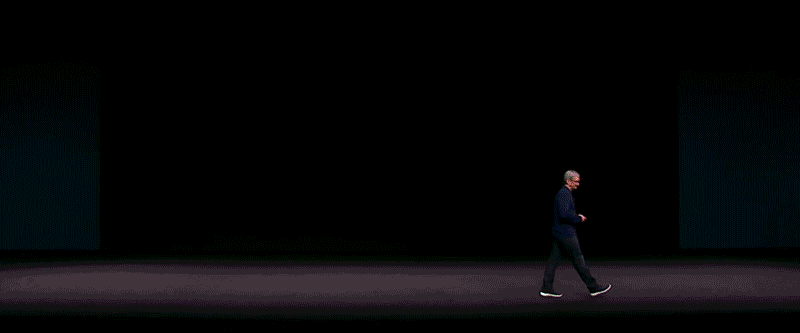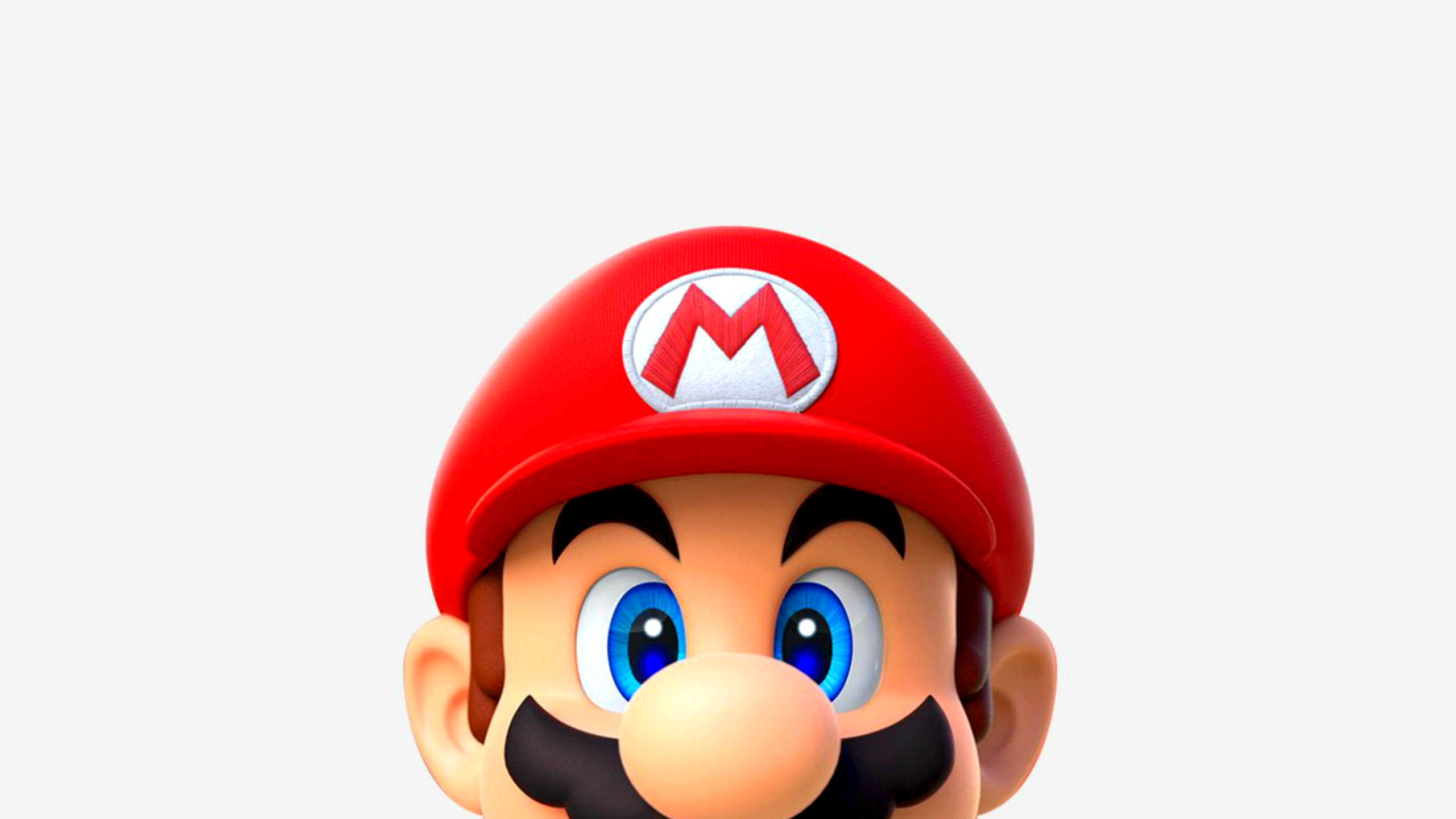Nintendo has always gotten off on withholding. Legend of Zelda and Metroid games taunt us by making inaccessible areas visible; behind doors locked by keys we don’t have, placed beyond a chasm we cannot cross, protected by shields we cannot breach. Thus, the satisfaction of playing these games lies in our overcoming these roadblocks, in venturing elsewhere and returning with the requisite items and skills that will finally allow us to pass.
Opening a treasure chest becomes the most suspenseful moment of Zelda…

Ultimately, the appeal of the game lies in the realm of the potential; the experience is not about what we do as we play, it is about what we plan to do once we reach the next power-up.
The side-scrolling Super Mario games, in contrast, are more immediate.
Because Mario is played in the present, the situation confined to whatever is visible on-screen at that moment, the thrill of the game isn’t about returning to something previously insurmountable with newfound abilities (as everything in the game world exists from the start, only for us to pass over and leave behind). Our hero, unlike Link or Samus, possesses all the abilities he needs to reach his goal — simply provided the player has the skill to chart a suitable course through the dangers of the level.
Obviously, the notion of progress looks very different under these different systems: We progress toward the end of our adventure in Zelda and Metroid by going backward until that supplies us with a new path forward. In Mario, going forward is always the way toward the end; progress conforms exactly to steps taken and miles traveled.
Nintendo’s newest Mario game, Super Mario Run, takes this philosophy one bold step farther….


